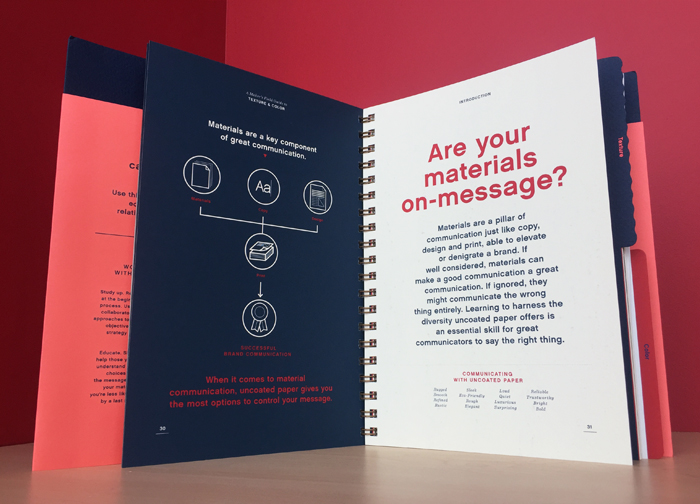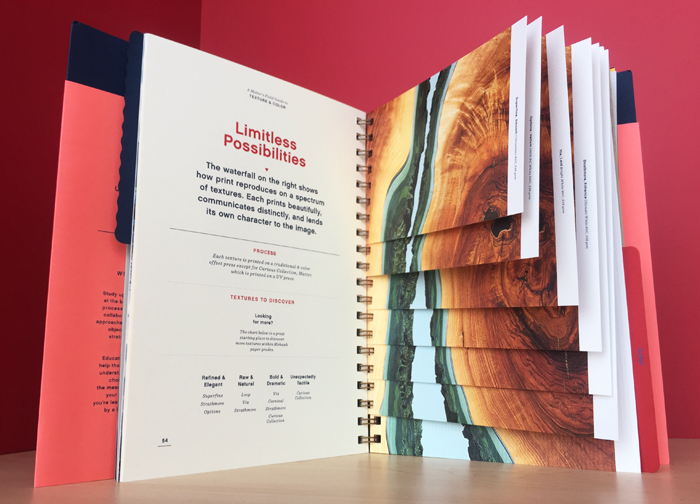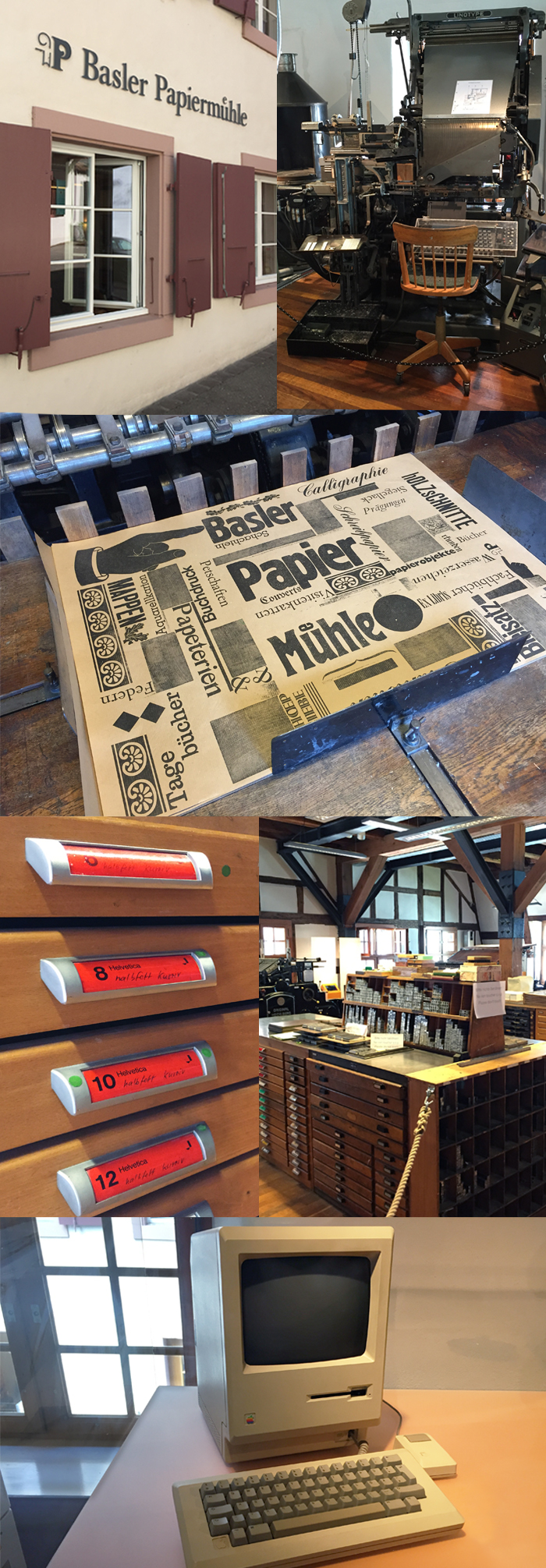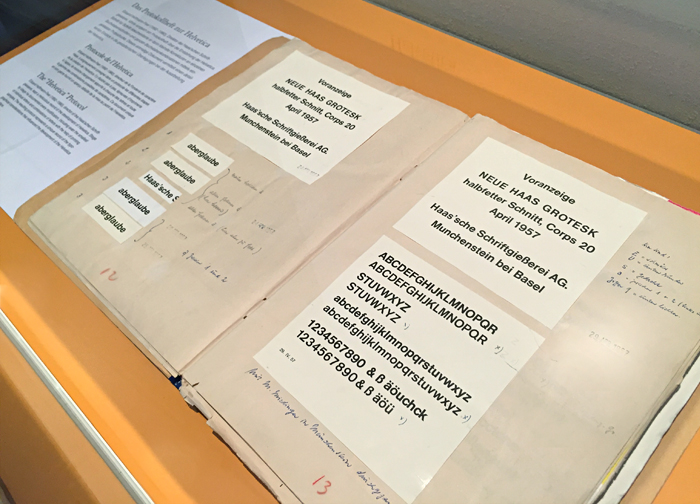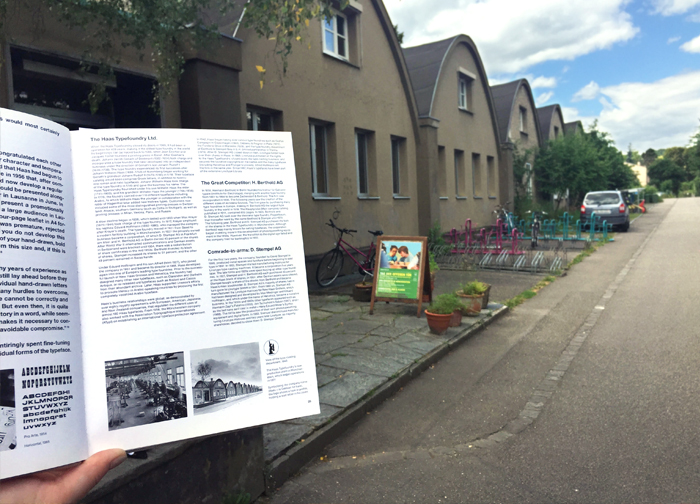So I didn’t pay much attention to the Olympics—sorry, the Games of the XXXI Olympiad™—but I’ve gotta say, these are some pretty cool pictures from the final weekend.
Before you check them all out, though, take a moment to scroll down to number 31. Now read the caption.
“An athlete takes a photo of their medal as fireworks explode during the Closing Ceremony on Day 16 of the Rio 2016 Olympic Games at Maracana Stadium on August 21, 2016.”
Did you catch that? An athlete takes a photo of their medal.
Sounds like a case of pronoun disagreement to me. Forget about all about the hand-wringing over gender-specific pronouns: the athlete in the photo is clearly (to my eyes anyway) a woman.
What’s wrong, then, with “An athlete takes a photo of her medal…”?
I mean, back in the good old days when the U.S. of A. would square off against Eastern Bloc commies, you’d sometimes wonder whether, say, the captain of the East German women’s water polo team had forgotten to shave that morning. And these days, there’s the whole “I identify as a [fill in the blank]” conundrum. So I can see why the editors over at The Atlantic might want to be extra careful.
But man, does it make for a clunky photo caption.
posted by: Aaron Bragg | category: the writing life | make a comment

